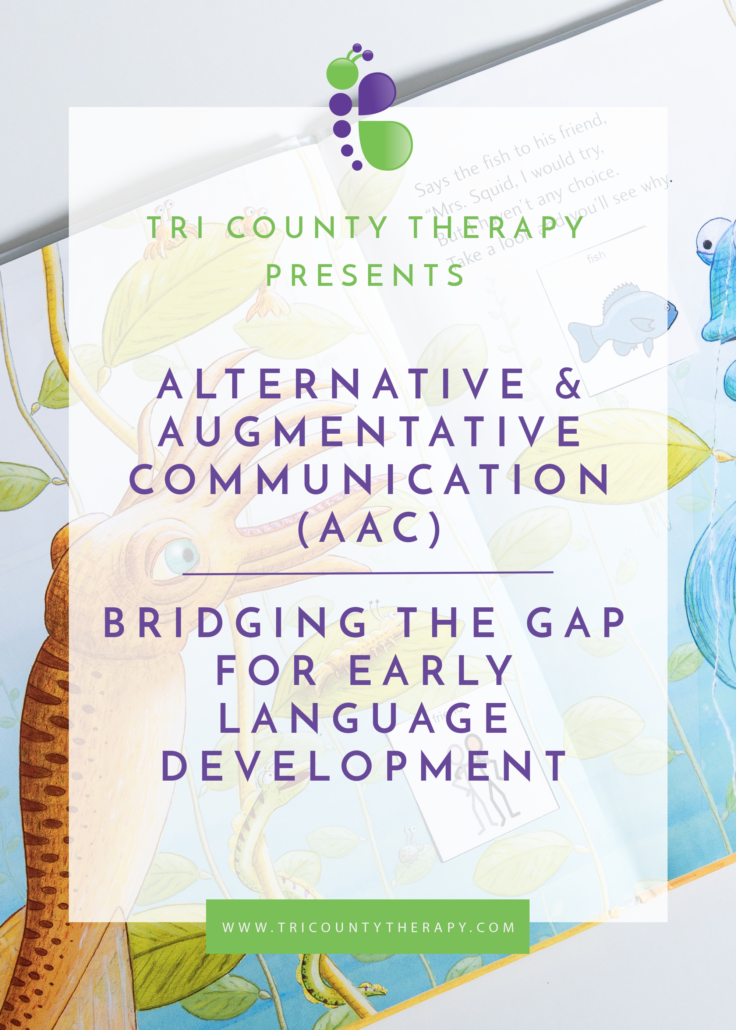Augmentative & Alternative Communication Options

Alternative and Augmentative Communication
What is AAC?
Alternative and Augmentative Communication (AAC) is an umbrella term that can include sign language, picture exchange communication and speech generating devices (i.e. iPad, GoTalk, etc.). AAC can be used to supplement verbal communication for those kiddos who need a little help or it serve as a total communication system for non-verbal kiddos. AAC is an extremely important tool to help increase a child’s ability to communicate and decrease his frustration.

Who can use AAC?
ANYONE! In fact, most people use AAC and don’t know it! Texting, writing, body language, and gestures are all examples of AAC most people use daily. Any person who needs support in communicating efficiently can use AAC communication systems. Specifically, AAC should be considered for children with expressive language delays or those who are unable to express themselves with speech alone (Apraxia of speech, articulation disorders, Autism, expressive language delays, etc). Early implementation of AAC (children under 3) can lead to increased vocabulary skills and may help children develop speech and language skills.

Will AAC stop/delay children from using natural speech?
As a parent, you may be concerned that by having your child AAC, it may discourage her from trying to talk. Various researchers have addressed this question, and the short answer is ‘no’, results indicate that AAC will not negatively impact speech development. In fact, AAC use may actually lead to increased speech and language skills!

What is our goal?
Our goal is to provide a means for children to communicate efficiently and functionally in all environments. The introduction of AAC is way of supporting/enhancing a child’s attempts to communicate functionally and not to decrease verbal communication. AAC is an important tool that is beneficial in closing the gap for children with speech and language delays. Therapists are never ‘giving up’ on speech, but are searching for a way to decrease frustration and increase a child’s involvement.
For more information contact your child’s Speech-Language Pathologist or visit:
https://www.asha.org/public/speech/disorders/aac/
Written by: Stephanie Pecht, MA, CCC-SLP
Speech Language Pathologist
AAC Specialist, Tri-County Therapy

